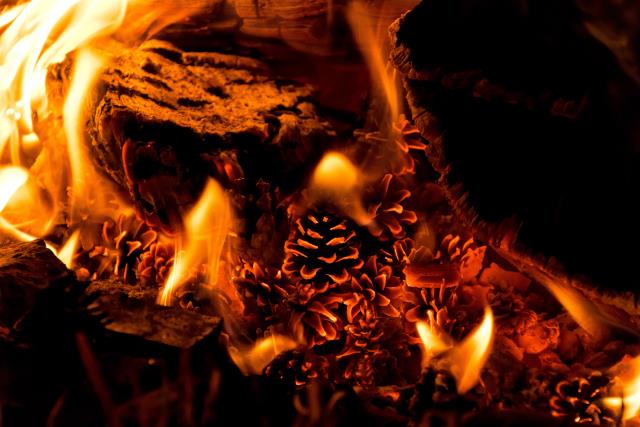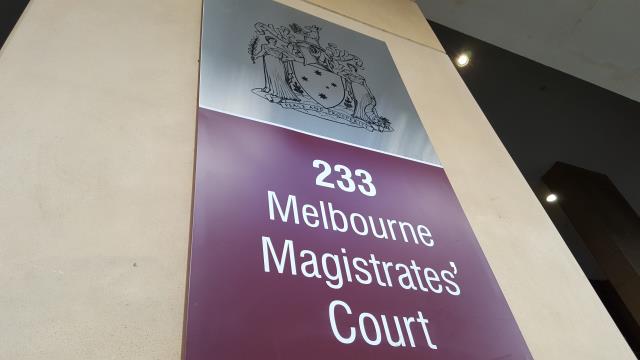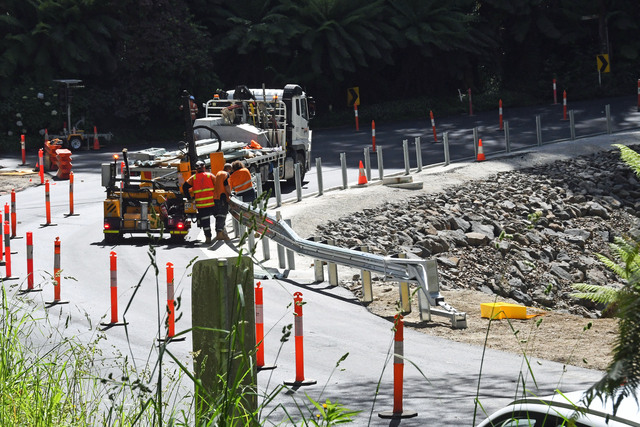Ah, better the thud of the deadly gun, and the crash of the bursting shell,
Than the terrible silence where drought is fought out there in the western hell;
And better the rattle of rifles near, or the thunder on deck at sea,
Than the sound—most hellish of all to hear—of a fire where it should not be.
From The Bushfire by Henry Lawson
With Christmas, New Year and the holiday season behind us we turn our attention to work, school and other concerns.
But ahead of us is the hottest part of an Australian summer.
And with this looms the threat of fires.
Already there have been damaging fires in WA, NSW and in the Grampians and the Little Desert in Victoria
Since 7 January, we have also watched unseasonal wildfires ravage areas of Los Angeles rapidly spread by hurricane force Santa Anna winds, devouring the build up of vegetation from the previous winter’s dry conditions resulting in at least 29 fatalities and 1800 structures either damaged or destroyed.
And yet fire has been absolutely crucial in the development of human society and without it, human progress would have been significantly delayed or altered.
Cooking enabled more calories to be extracted from food which helped in developing bigger brains.
Fires provided security from predators and sitting round a fire fostered bonding and sharing knowledge which would have helped in the development of language, culture and social structures.
Today we still enjoy that atavistic pleasurable feeling of sitting round an open camp fire with family or friends.
But fires have also been a major destructive force throughout history, often leading to the devastation of entire towns and cities from Roman times to the great Fire of London and beyond to the present.
Fire’s ability to cause widespread destruction also made it a particularly effective tool in warfare.
From the defeat of the Spanish Armada to Napoleon’s humiliating retreat from Russia to the destruction and human loss in cities like Dresden, Hamburg and Tokyo in the later stages of WW2 to Vietnam and current conflicts, fire in one form or another has been and still is a weapon of war.
These few examples reflect human-induced loss of life and environmental degradation through use of fire.
Today we are facing the unpredictability of a changing climate whether a natural cycle or a consequence of human activities.
This is still a contested area.
However, whatever the reason we are experiencing hotter temperatures, more intense droughts, and prolonged fire seasons.
Some point out that fires have been part of the Australian experience long before there was talk of climate change.
In Henry Lawson’s poem, The Bush Fire he captures the challenges faced by rural communities during the severe droughts and bushfires that plagued Australia in the late 19th and early 20th centuries.
It serves as a reminder of the resilience and determination of those who lived in the outback during that time and had only each other to rely on for survival.
It roars for days in the hopeless scrubs, and across, where the ground seems bare,
With a cackle and hiss, like the hissing of snakes, the fire is travelling there;
Till at last, exhausted by sleeplessness, and the terrible toil and heat,
The squatter is crying, ‘My God! the wool!’ and the farmer, ‘My God! the wheat!’
Today Australia is more closely populated with growing numbers living in peri urban areas.
Development near bushland and forests has increased, raising concerns about the adequacy of building codes and land-use planning to address fire risks.
In many cases, people who live in these areas chose to do so because of the beauty and serenity of the landscape, but they may not have fully understood the risks they are facing.
There are still communities that have not recovered from the fires of 2019-20 also known as the ‘Black Summer’.
The scale of the destruction means that full recovery will take years.
An area of around 18 million hectares (approximately 44.5 million acres) of land was burned, making it one of the largest bushfire seasons in Australia’s history.
The fires also caused significant loss of biodiversity and extensive damage to forests and national parks.
It is not hard to understand the sense of despair felt by those who lost homes and all their possessions and are left with only memories.
Many individuals and families are still grappling with the trauma of the fires, including loss of loved ones, property, and livelihoods.
A pinwheel flutters, amid the charcoal remains,
its edges blackened, but still, it stands,
echoed its once twirling in a child’s hand,
and picture frames are melted in metallic plumes
while glass amid the heat evaporated,
embers now silenced in grey and black consumed.
From In a bushfire, homes are lost by Tony DeLorger
In recent years, there has been a growing recognition of the value of Indigenous fire management practices.
Indigenous fire management is not just about controlling fire but also about respecting it.
It is not seen as just a tool of destruction but a way of nurturing the environment and ensuring its long-term health and sustainability by knowing when to burn in order to support biodiversity and avoid destructive fires during hotter, drier periods.
Reviving and incorporating these practices into modern fire management is seen as an essential tool in adapting to the growing challenges posed by climate change and fire risk.
While people have the right to live where they choose, it’s clear that development in fire-prone areas requires careful consideration and planning to mitigate risks.
Local governments, developers and urban planners should all play a part to ensure safety and balance growth with the natural environment.
The CFA advises residents to develop a survival plan, prepare their property by clearing anything potentially flammable, to engage with community resources and to stay informed.







